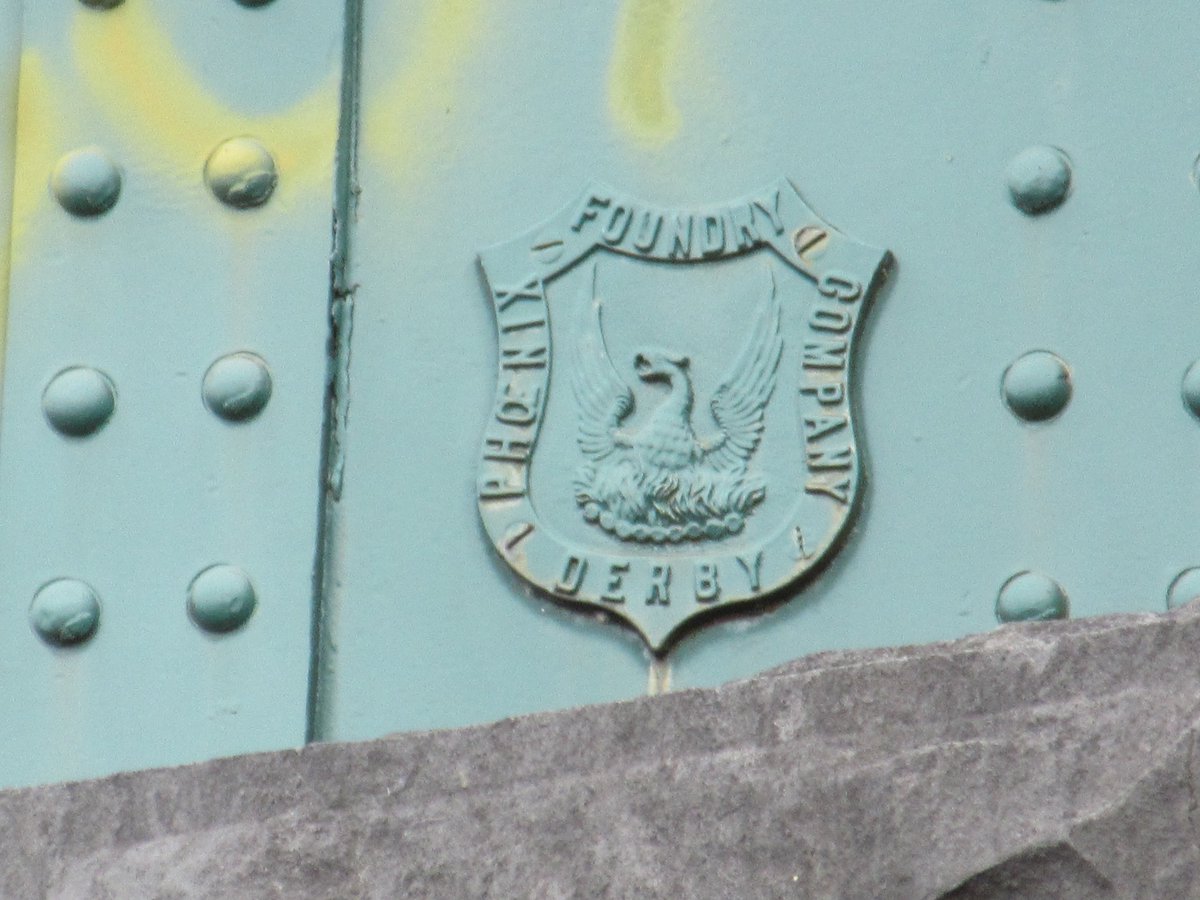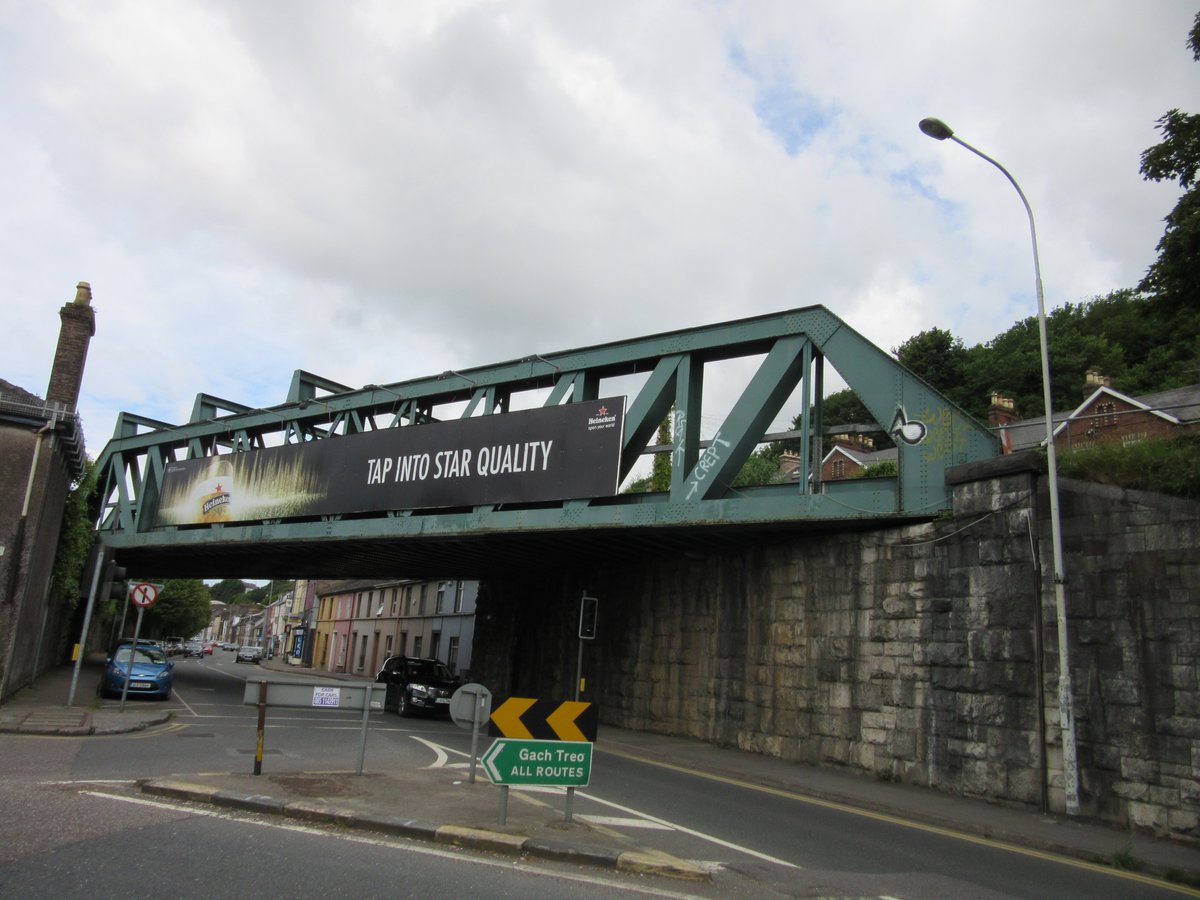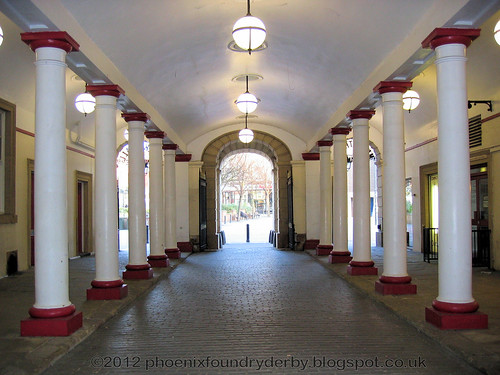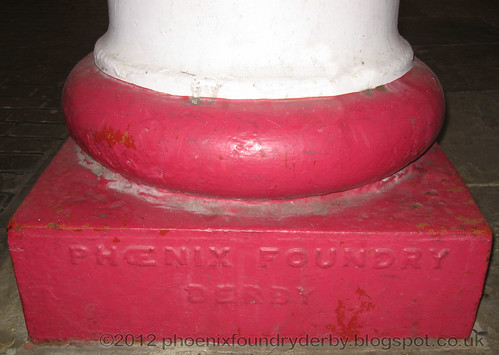The ironwork of the bridge has been constructed and erected by the Phoenix Foundry Company, Derby, and the granite for the piers and abutments has all been supplied by the Kit Hill Granite Company, Gunnislake. We understand that every stone has gone into its place without any alteration, The arches of the bridge consist of 175 cast iron girders,
The segmental girders weigh from eight to ten tons each, and the whole of these were cast by the Phoenix Foundry Co.
Here are some photographs of the bridge I took in September 2024
Here is a video I took of Battersea Bridge in September 2024
If you know of any items around the world that have the mark "Phoenix Foundry Derby" that I have not yet mapped out please get in touch with details.
Thanks
Andy





















